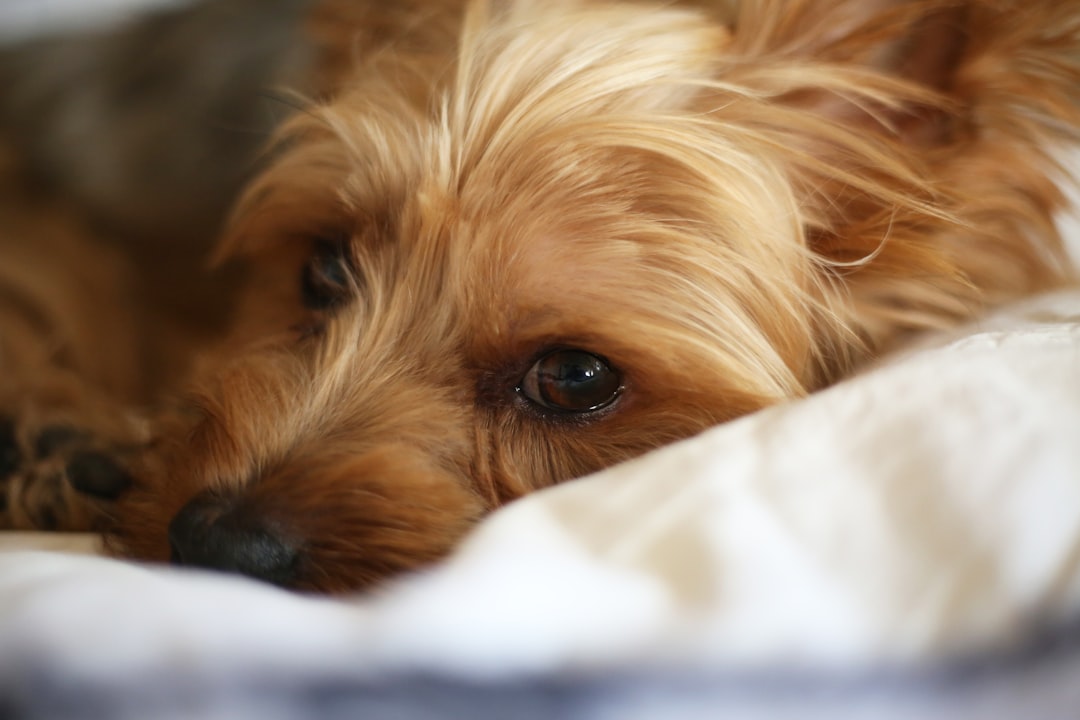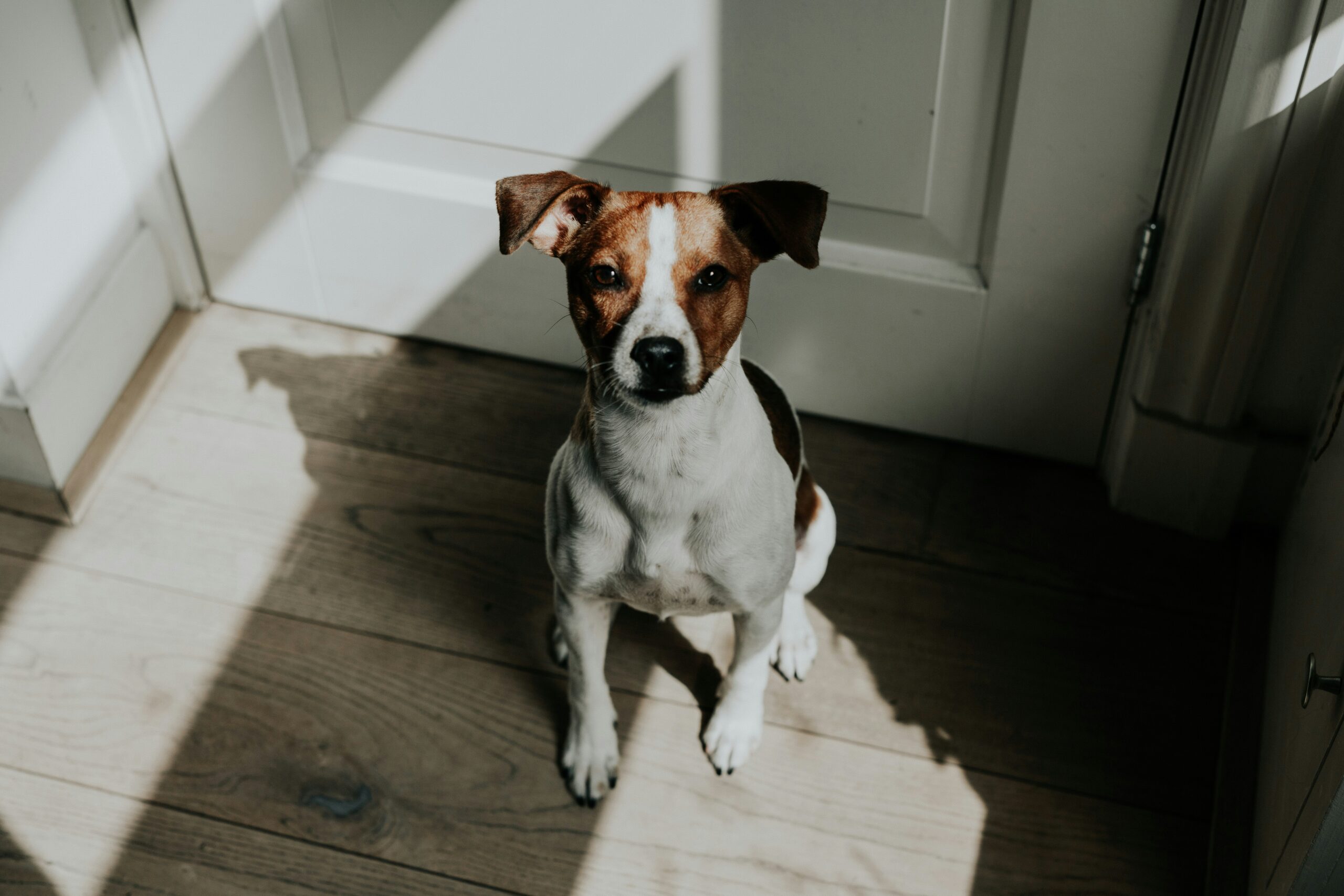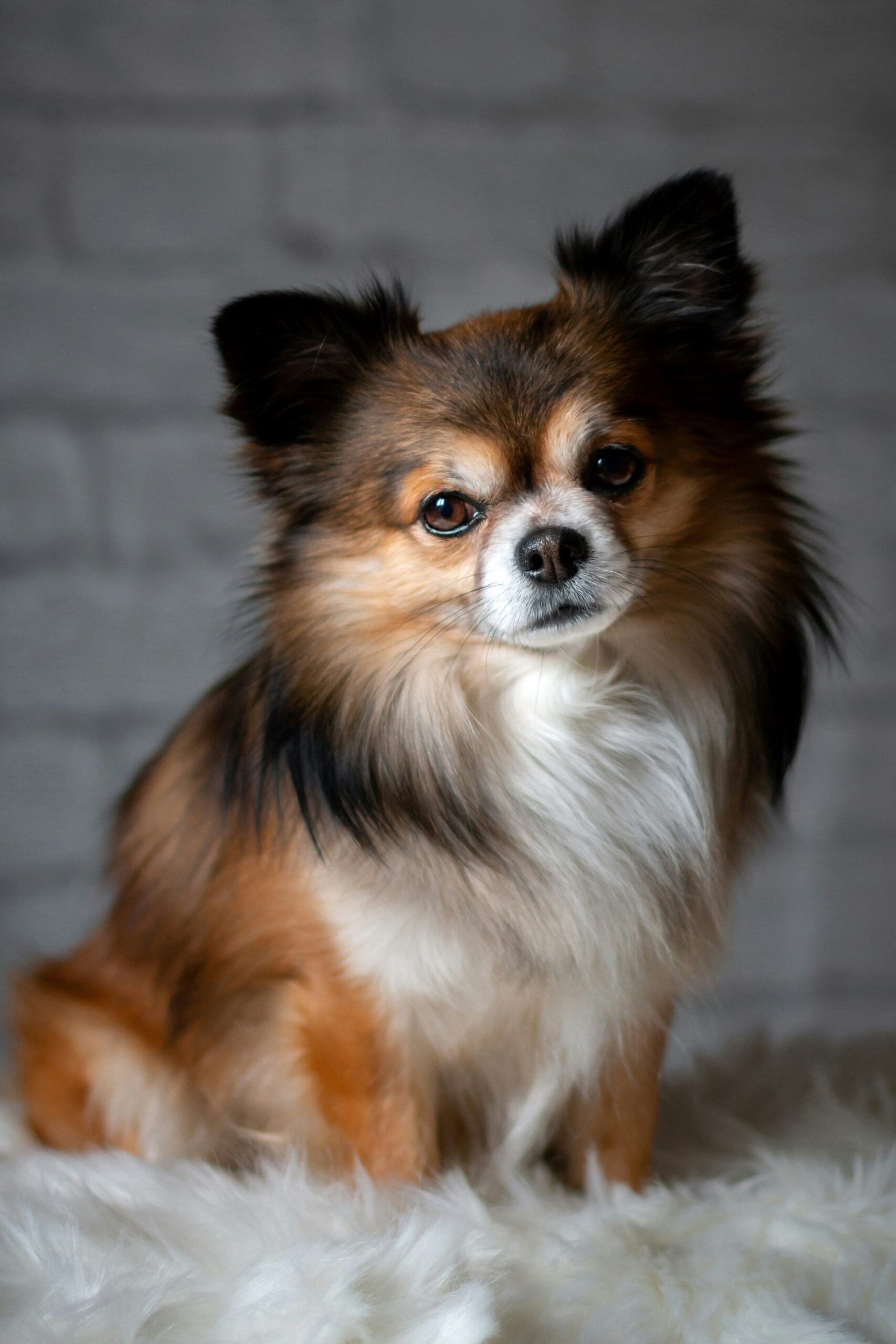Exploring the World of Unique Dog Fur: From Long-Haired Elegance to Fluffy Delights
A comprehensive guide to dog breeds with unique fur and hair characteristics, including the importance of understanding these traits, grooming needs for different breeds, genetic factors influencing coat characteristics, and considerations for adopting fluffy dog breeds.
Overview of Dog Breeds with Unique Fur and Hair Characteristics
Exploring the world of dog breeds reveals a fascinating array of fur and hair traits that set each breed apart. From the strikingly beautiful Afghan Hound with its long and flowing coat to the charmingly curly-haired Poodle, these unique characteristics not only enhance the aesthetic appeal of dogs but also serve practical purposes. For example, the dual coat of breeds like the Siberian Husky and Alaskan Malamute provides insulation against cold climates, while the single coat of dogs like the Shih Tzu and Yorkshire Terrier makes them more suitable for individuals with allergies due to reduced shedding [2].
Furthermore, the diversity in fur and hair types among dog breeds offers a rich tapestry of choices for potential dog owners. Some breeds, such as the Maltese, require meticulous grooming to prevent matting and maintain their luxurious coats, highlighting the importance of understanding the specific care needs of different breeds. By delving into the unique fur and hair characteristics of various dog breeds, individuals can make informed decisions based on their preferences and lifestyle, ensuring a harmonious match between canine companions and their human counterparts.
Importance of Understanding Dog Breeds’ Fur and Hair Traits
Understanding the fur and hair traits of various dog breeds goes beyond mere aesthetics; it plays a vital role in selecting a compatible canine companion based on grooming needs and shedding tendencies. For instance, long-haired breeds like the Afghan Hound and Maltese require regular grooming to prevent matting and keep their coats healthy and shiny, showcasing the importance of knowing breed-specific care requirements. Additionally, comprehending the unique fur characteristics of different breeds can aid in managing expectations regarding shedding frequency and intensity, helping owners prepare adequately for the grooming commitment needed.
Furthermore, being knowledgeable about fur and hair types in dog breeds can assist in identifying hypoallergenic options for individuals with sensitivities to pet dander. Breeds like the Bichon Frise and Coton de Tulear are known for being hypoallergenic and low shedders, making them suitable choices for allergy sufferers. This understanding empowers potential dog owners to make informed decisions that not only consider their preferences but also take into account practical aspects like shedding, grooming, and potential allergens, ensuring a well-suited match between the owner and their furry companion.
Long-Haired Dog Breeds
Long-haired dog breeds encompass a wide range of coat types and shedding tendencies that play a significant role in their maintenance and care. For instance, breeds like the majestic Afghan Hound and the elegant Maltese exhibit luxurious coats that require meticulous grooming to prevent matting and preserve their aesthetic appeal. These breeds may have varying textures of fur, from silky and fine to dense and thick, each demanding specific grooming techniques to keep their coats healthy and tangle-free.
Moreover, long-haired breeds like the Siberian Husky and Alaskan Malamute, equipped with double coats that provide insulation, are well-suited for cold climates due to their exceptional ability to regulate body temperature. Understanding the unique properties of their coats and the shedding patterns associated with these breeds is essential for providing adequate care and ensuring their well-being in different weather conditions. On the other hand, breeds with single coats, such as the Shih Tzu and Yorkshire Terrier, are often preferred by individuals with allergies due to their reduced shedding, emphasizing the importance of coat type knowledge when selecting a compatible canine companion. By delving into the specifics of long-haired dog breeds, prospective owners can better prepare for the grooming commitments and environmental considerations associated with these unique furry companions.
Genetic Factors Influencing Canine Coat Characteristics
The genetic makeup of dogs plays a significant role in determining their coat characteristics, with specific genes like RSPO2, FGF5, and KRT71 being key players in this process. For instance, the RSPO2 gene is responsible for the growth patterns of moustaches and eyebrows in dogs with furnishings, contributing to their unique facial hair features. On the other hand, the FGF5 gene is associated with hair length, influencing whether a dog will have a long, flowing coat or a shorter one. For breeds with curly coats like Poodles, the KRT71 gene plays a crucial role in defining the curly texture of their fur, adding to their distinctive appearance.
Moreover, the intricate dance of these genes doesn’t stop at just single traits but combines to create a plethora of coat types seen in various dog breeds. The study of these genetic variations highlights how a simple mutation in these genes can result in a wide array of coat textures and lengths, showcasing the diversity within the canine world. By understanding these genetic underpinnings, breeders and dog enthusiasts can appreciate the complexity involved in producing the coat characteristics that make each breed unique. This genetic knowledge not only enhances our comprehension of the physical features of dogs but also underscores the fascinating genetic diversity that exists within the canine population, contributing to the rich tapestry of coat variations we see in our furry companions.
Fluffy Dog Breeds and Their Unique Grooming Needs
Fluffy dog breeds are beloved for their luxurious coats that are not only visually appealing but also require specific grooming care to maintain their health and appearance. For instance, the Poodle and Bichon Frise are iconic fluffy breeds that need regular brushing and grooming to prevent matting and tangles, ensuring their coat stays in top condition. By understanding the unique needs of these fluffy breeds, owners can establish grooming routines that cater to the specific demands of their dog’s coat, promoting overall well-being.
Moreover, certain fluffy dog breeds, like the Coton de Tulear and Havanese, possess hypoallergenic qualities and shed less compared to other breeds, making them suitable companions for individuals with allergies. These hypoallergenic fluffies provide a great option for those who want a furry friend without the worry of excessive shedding triggering allergic reactions. Additionally, breeds such as the Samoyed and Chow Chow, known for their fluffy double coats, were originally bred for cold climates, emphasizing the importance of proper grooming to manage their thick fur and prevent issues like matting during shedding seasons. This highlights the importance of tailoring grooming practices to the specific needs of each fluffy breed to ensure their coat remains healthy and aesthetically pleasing.
Understanding the Genetics Behind Dog Coat Types
The intricate world of canine genetics reveals a fascinating connection between genes and the visual appearance of different dog breeds. For instance, mutations in genes responsible for wiry furnishings, like those found in the Wire Fox Terrier, showcase the genetic diversity that underlies the distinct coat characteristics seen in various breeds. This genetic complexity extends beyond mere aesthetics, as it also influences the functionality of a dog’s coat, such as providing insulation or protection against harsh weather conditions.
Furthermore, the combination of gene mutations results in a spectrum of coat types across different breeds, highlighting the intricate interplay between genotype and phenotype in shaping a dog’s appearance. Understanding how specific genes control hair length, curliness, and furnishings provides valuable insights into the underlying mechanisms that create the remarkable diversity of coat variations in the canine world. This genetic knowledge not only enriches our appreciation for the unique traits of different breeds but also underscores the importance of responsible breeding practices to preserve and enhance these distinctive characteristics.
Considerations for Adopting Fluffy Dog Breeds
When considering adopting a fluffy dog breed, prospective owners should be aware of the grooming requirements unique to these breeds. Fluffy dogs, such as the Poodle and Bichon Frise, have coats that require regular brushing and grooming to prevent matting and tangling. For example, the Coton de Tulear and Havanese are hypoallergenic breeds that need consistent grooming to maintain their fluffy and dander-free coats. This grooming commitment is essential not only for the dog’s appearance but also for their skin health and overall comfort.
Moreover, understanding the exercise needs of fluffy dog breeds is crucial before bringing one into your home. While some fluffy breeds, like the Maltese and Shih Tzu, have lower exercise requirements and are content with short daily walks, others, such as the Samoyed and Australian Shepherd, are more energetic and need ample physical and mental stimulation. By considering the exercise needs of a fluffy dog breed, owners can ensure they can provide the appropriate level of activity to keep their furry companion happy and healthy. Additionally, being aware of potential health issues prevalent in certain fluffy breeds, like hip dysplasia in large breeds such as the Saint Bernard or eye problems in Shih Tzus, is vital for proactive health management and early intervention. Adopting a fluffy dog comes with the responsibility of understanding and addressing these breed-specific health concerns for the well-being of the pet.





 Book Appointment
Book Appointment